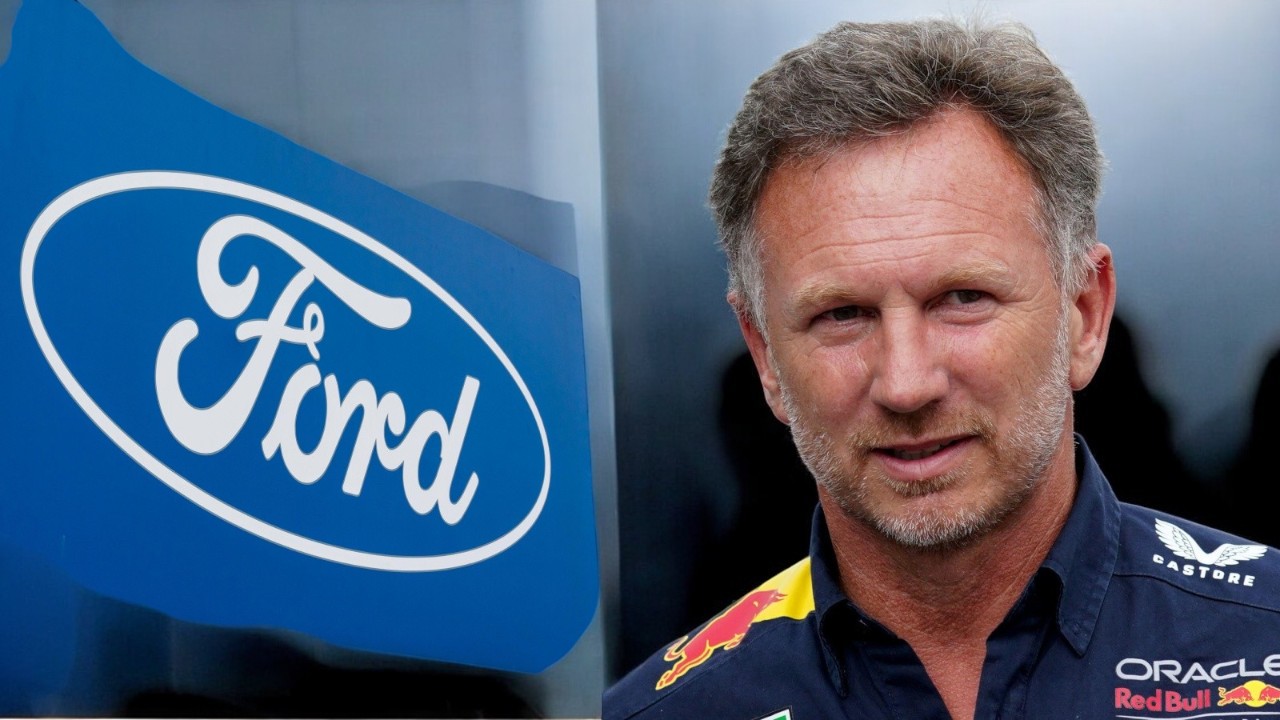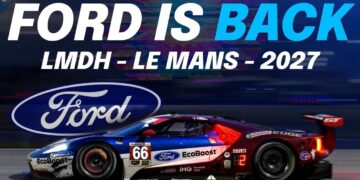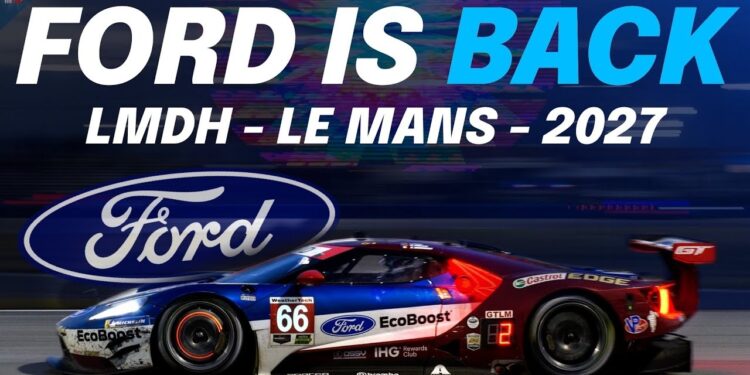Ford’s recent announcement regarding the factory-backed WEC (World Endurance Championship) hypercar program shouldn’t overshadow its broader racing commitments.
Presently, Ford participates in nearly every major racing series worldwide without operating a single factory team. Roger Penske oversees the NASCAR operations, while Multimatic manages the GT3 program and M Sport is responsible for rally racing.
At Ford’s motorsport launch event, global director Mark Rushbrook shared insights into the collaboration between Ford and Red Bull Racing, explaining the rationale behind Ford’s return to Formula 1.

Rushbrook remarked, “Do we want to own a team? No, we did that once, and it didn’t work so well. That’s not what we’re good at.”
He elaborated on how the evolving technical regulations, particularly the trend toward increased electrification and hybrids, prompted discussions among executives, including Ford CEO Jim Farley and executive chairman Bill Ford, about reentering Formula 1.
The idea of a Formula 1 comeback gained traction after the collapse of Red Bull’s partnership with Porsche in 2022, leading to swift developments.
Once the deal with Porsche fell through, Rushbrook contacted Pat Symonds, the former chief technical officer of Formula One, to obtain Christian Horner’s email. He noted, “That next week I was on a plane to Milton Keynes.”
Excitement and Challenges Ahead
Rushbrook’s initial visit to Milton Keynes was intended for a 30-minute meeting, but it extended to over two hours. He reflected, “To me, it was a match. Not exactly, but it was pretty darn close.”
Christian Horner, CEO of Red Bull Racing and principal of the Red Bull Formula 1 team, shared his enthusiasm for collaborating with Ford. “Ford has such a great history in the sport,” Horner stated at the same launch party.
“It won so many championships, had so many successes in Formula 1, and you know, it’s a brand that’s synonymous with the U.S. and synonymous with motorsport.”
Following Rushbrook’s trip to Milton Keynes, a second meeting occurred in Austin before the United States Grand Prix, with a subsequent gathering in Dearborn, Michigan, a month later involving the Red Bull team and Ford executives.
Currently, Ford and Red Bull are deeply engaged in developing their powertrains for the anticipated 2026 launch. Horner acknowledged, “We’re under no illusions that we’ve got great mountains to climb.”
He added, “We’ve got 48 weeks of flat-out development and durability testing to get the engine into as competitive a position as we can to start racing in 2026.
What we don’t know is what our competitors are doing, but this time next year, cars with Red Bull Ford powertrains are going to be pulling into the pit lanes in Barcelona for the first time, which is going to be a monumental moment.”
Reflecting on the importance of this collaboration, Horner expressed his excitement: “To be bringing it back to Formula 1 next year, to see the blue oval on the side of our cars, is going to be very exciting. It’s going to be great for Ford; it’s great for Red Bull.”


















